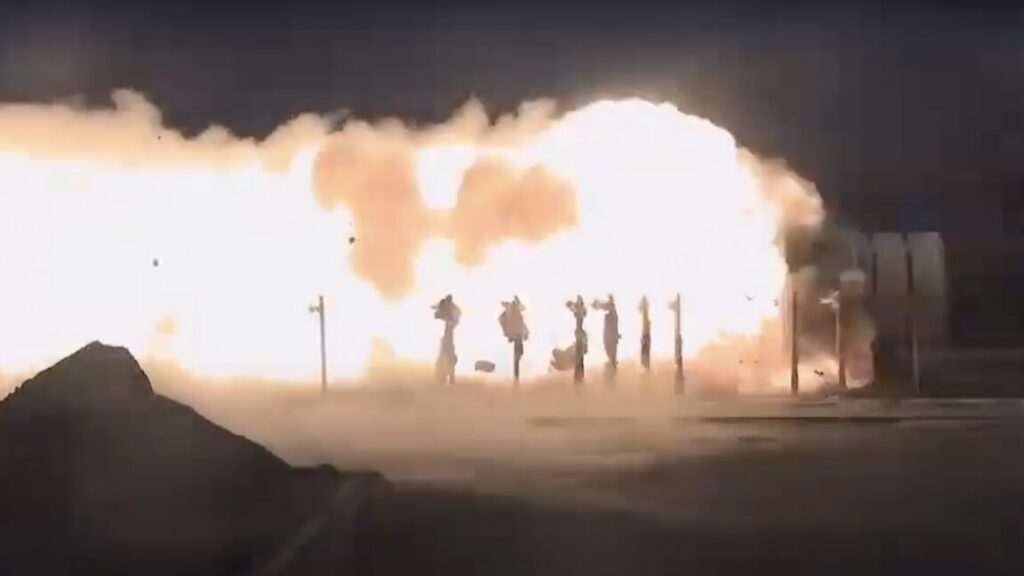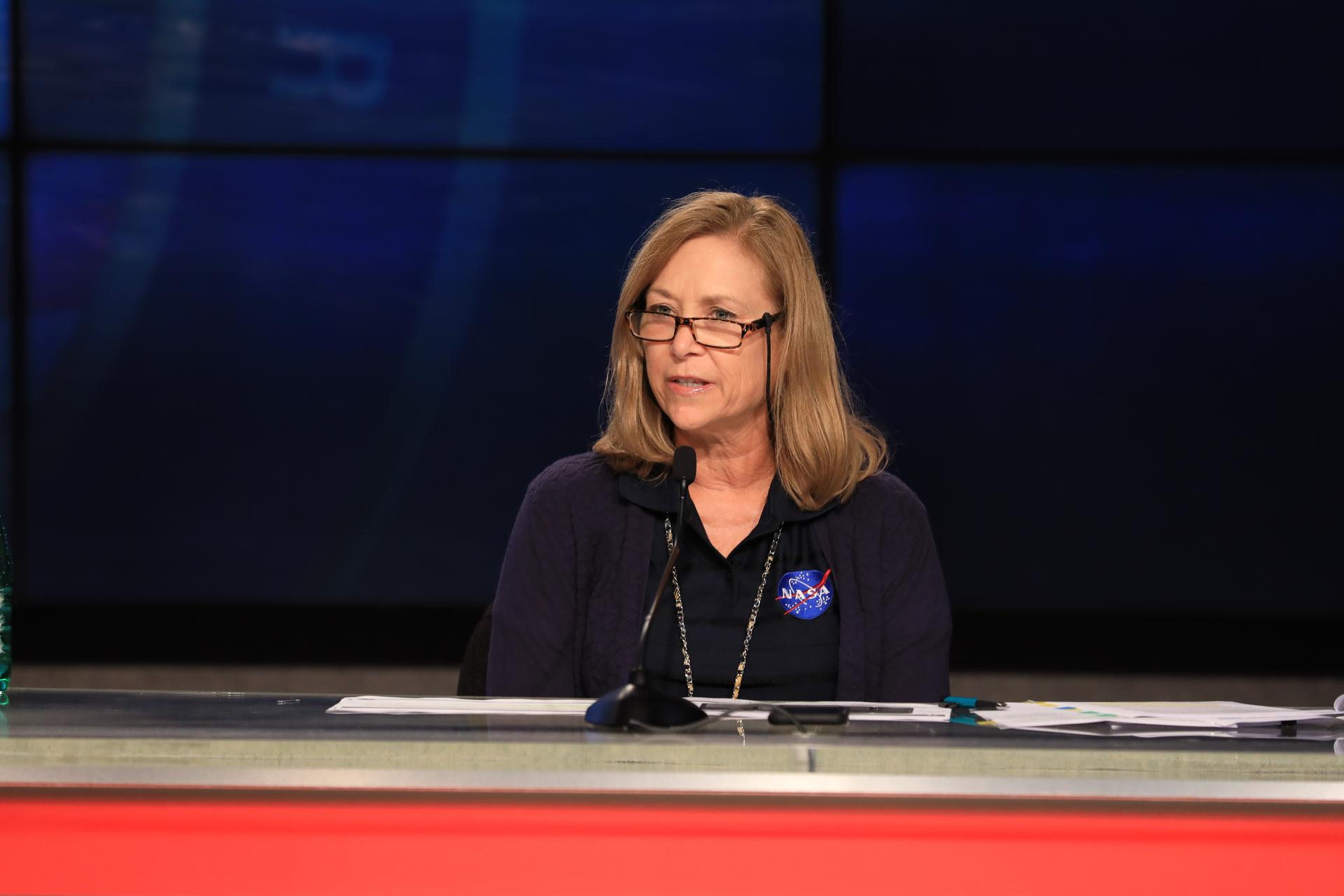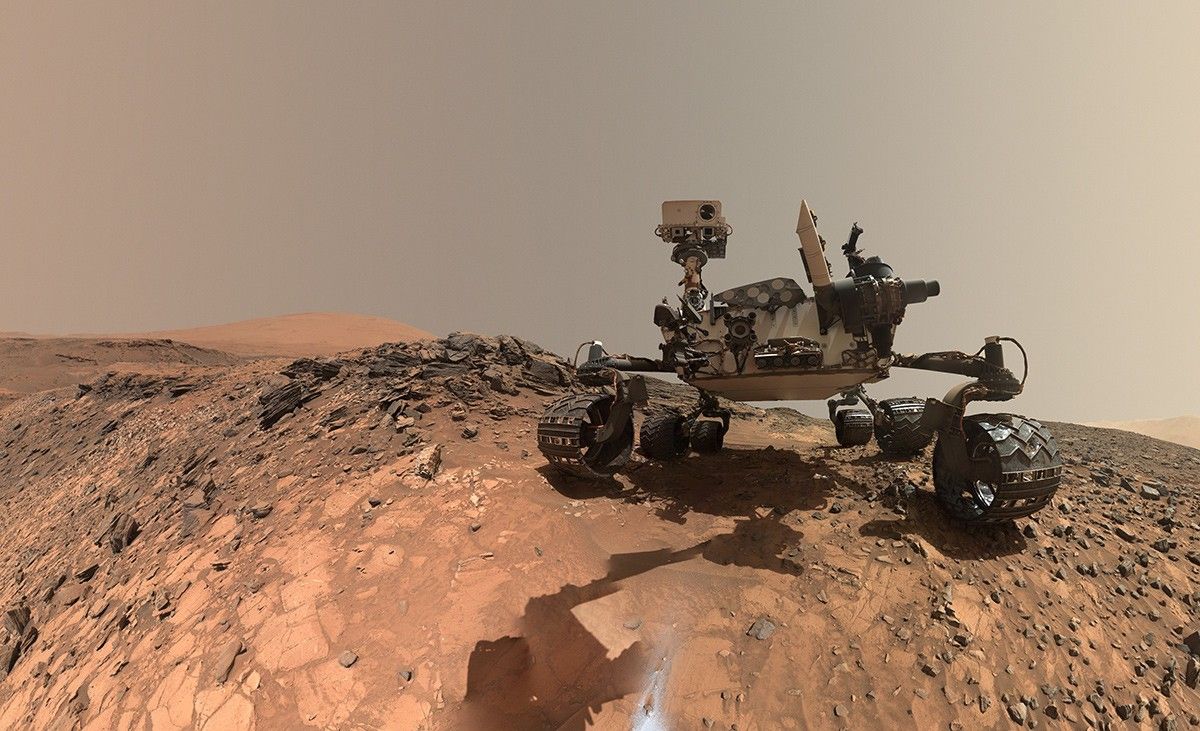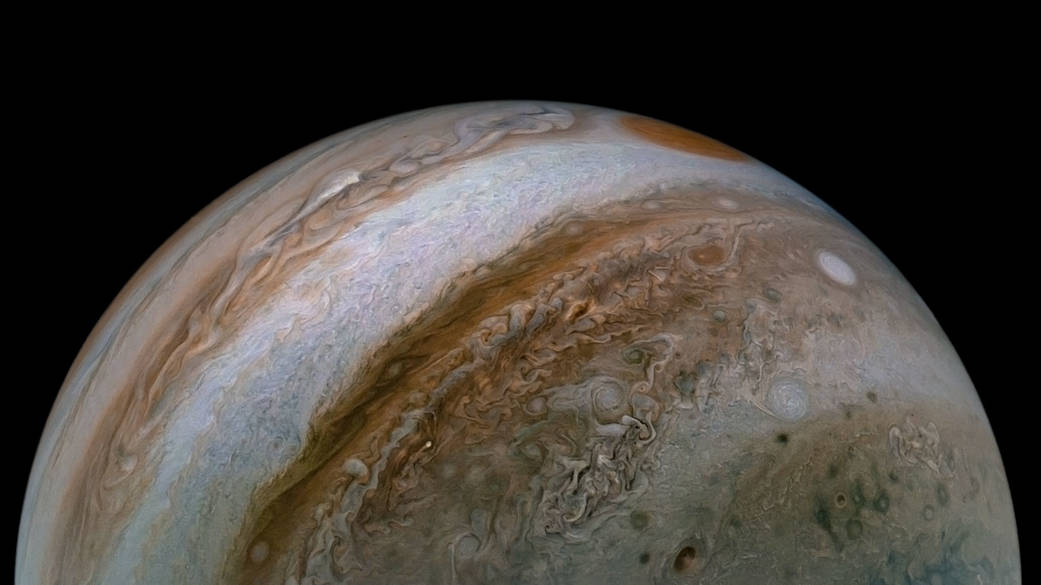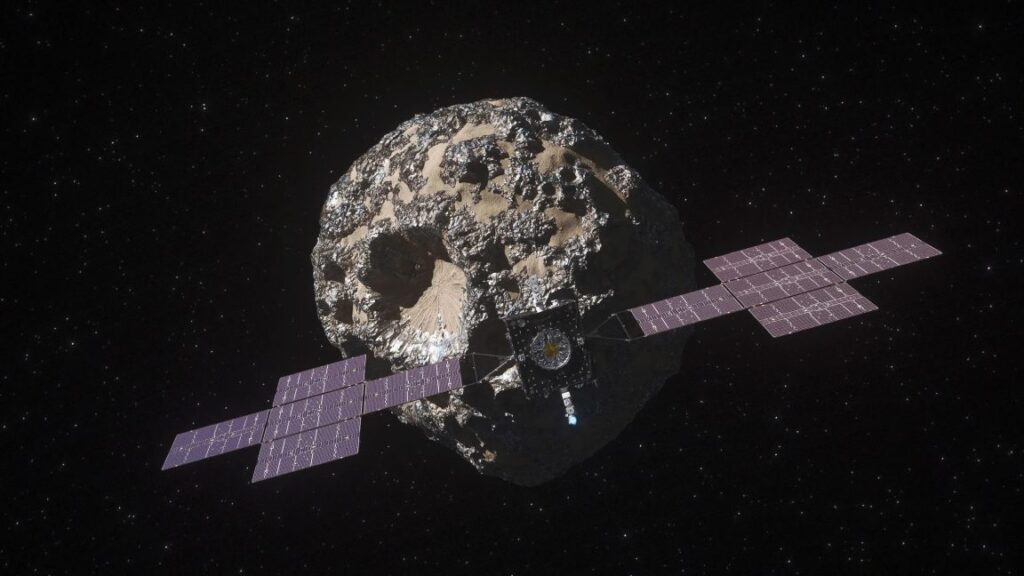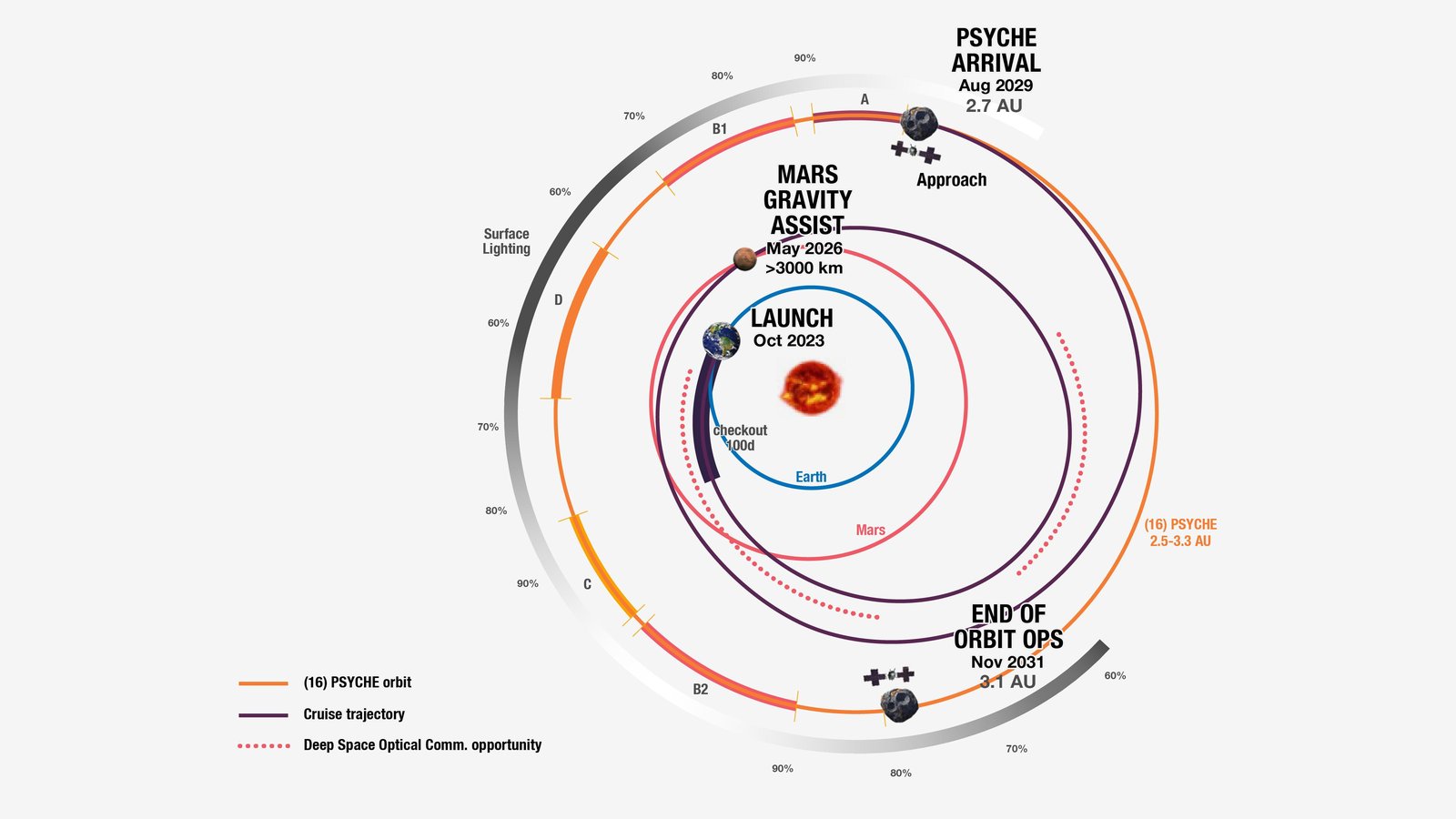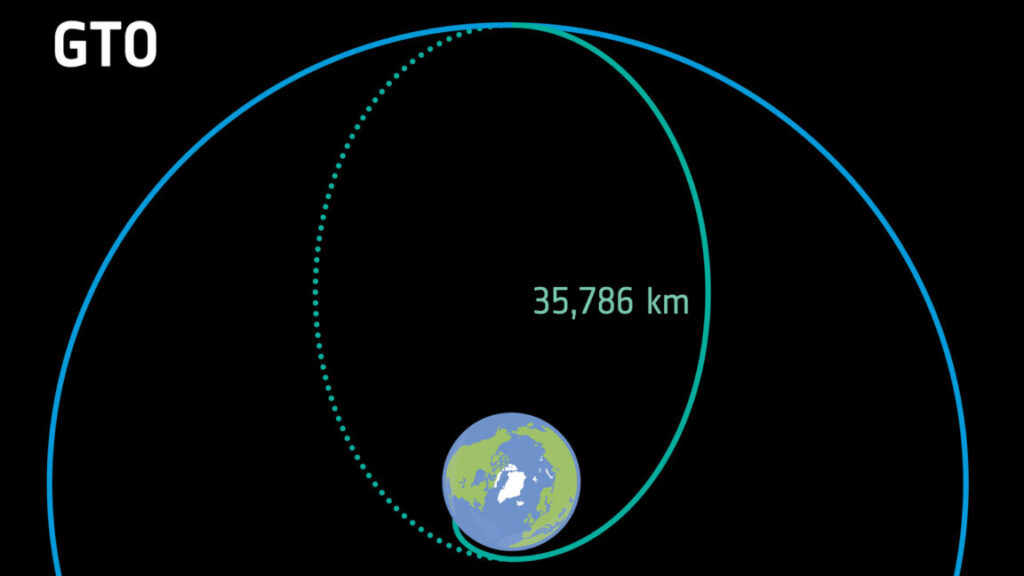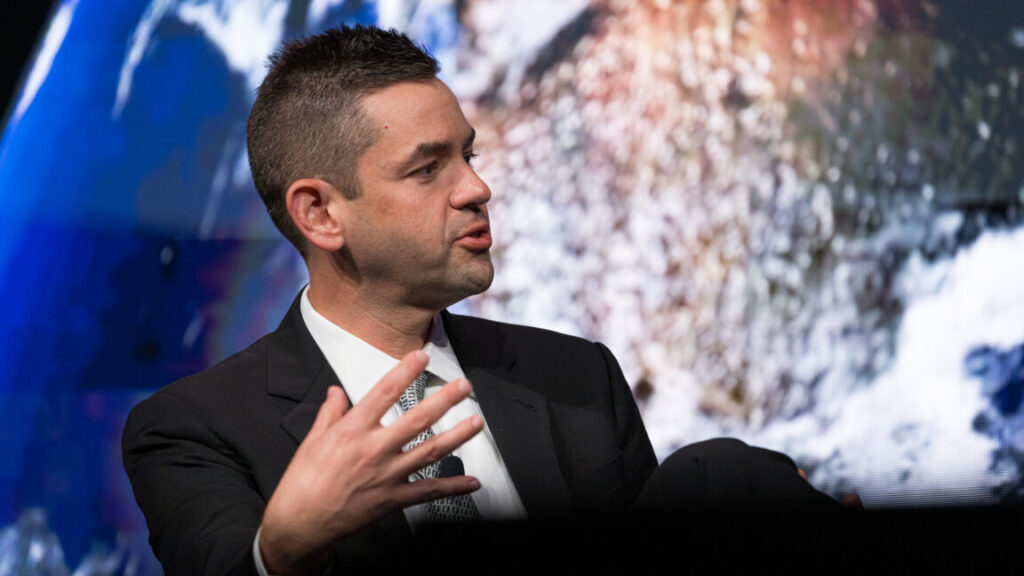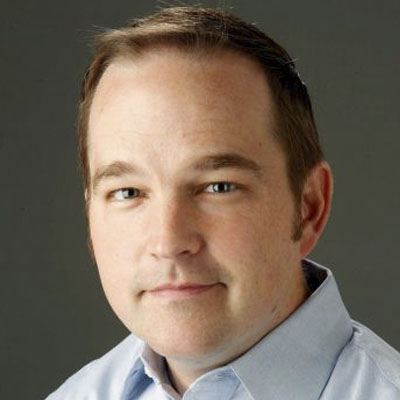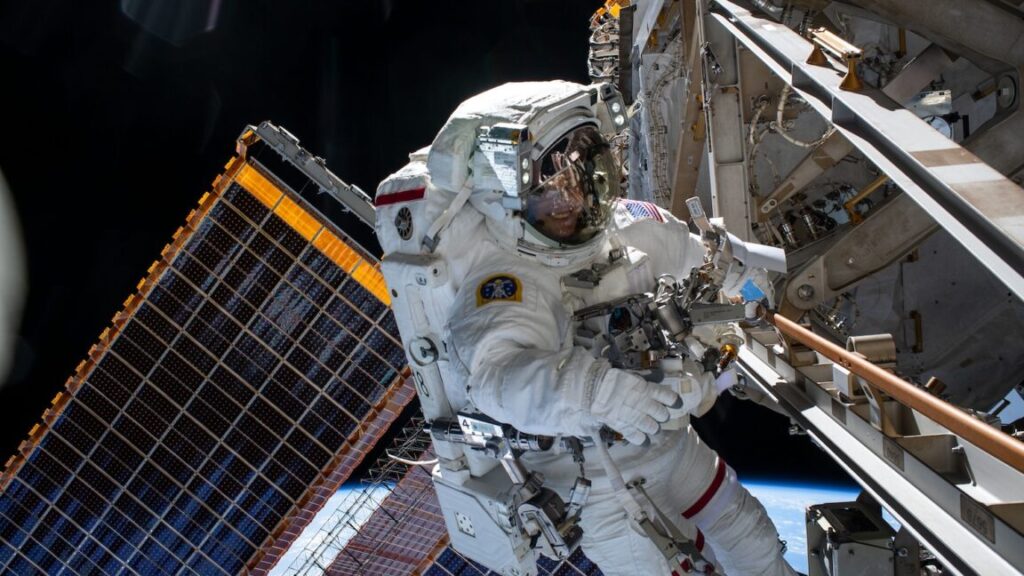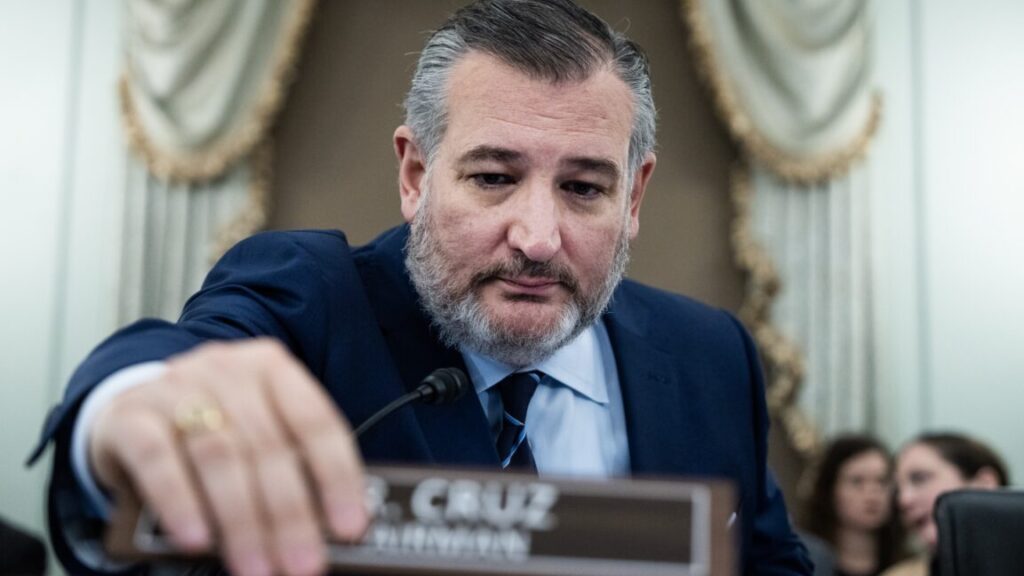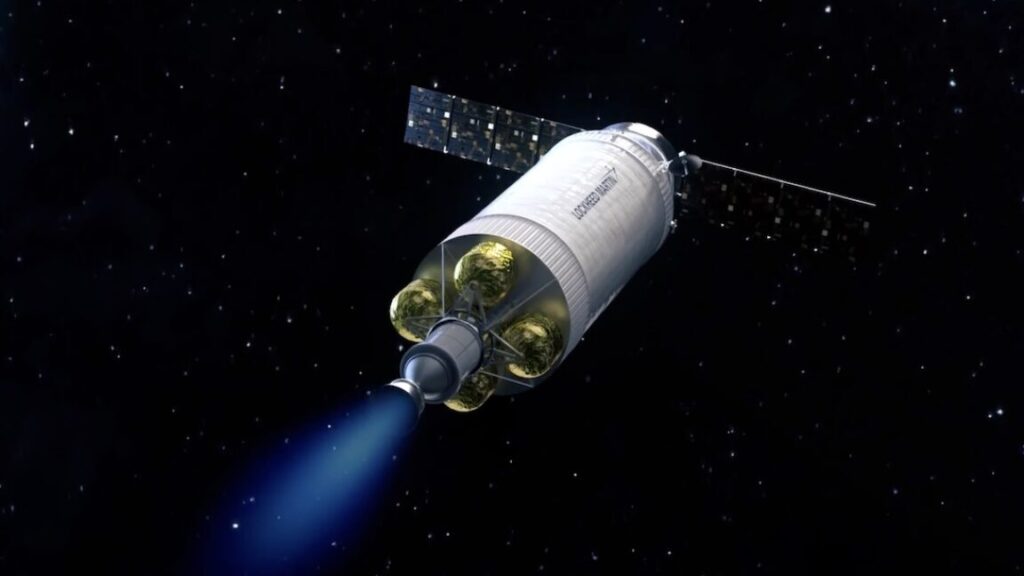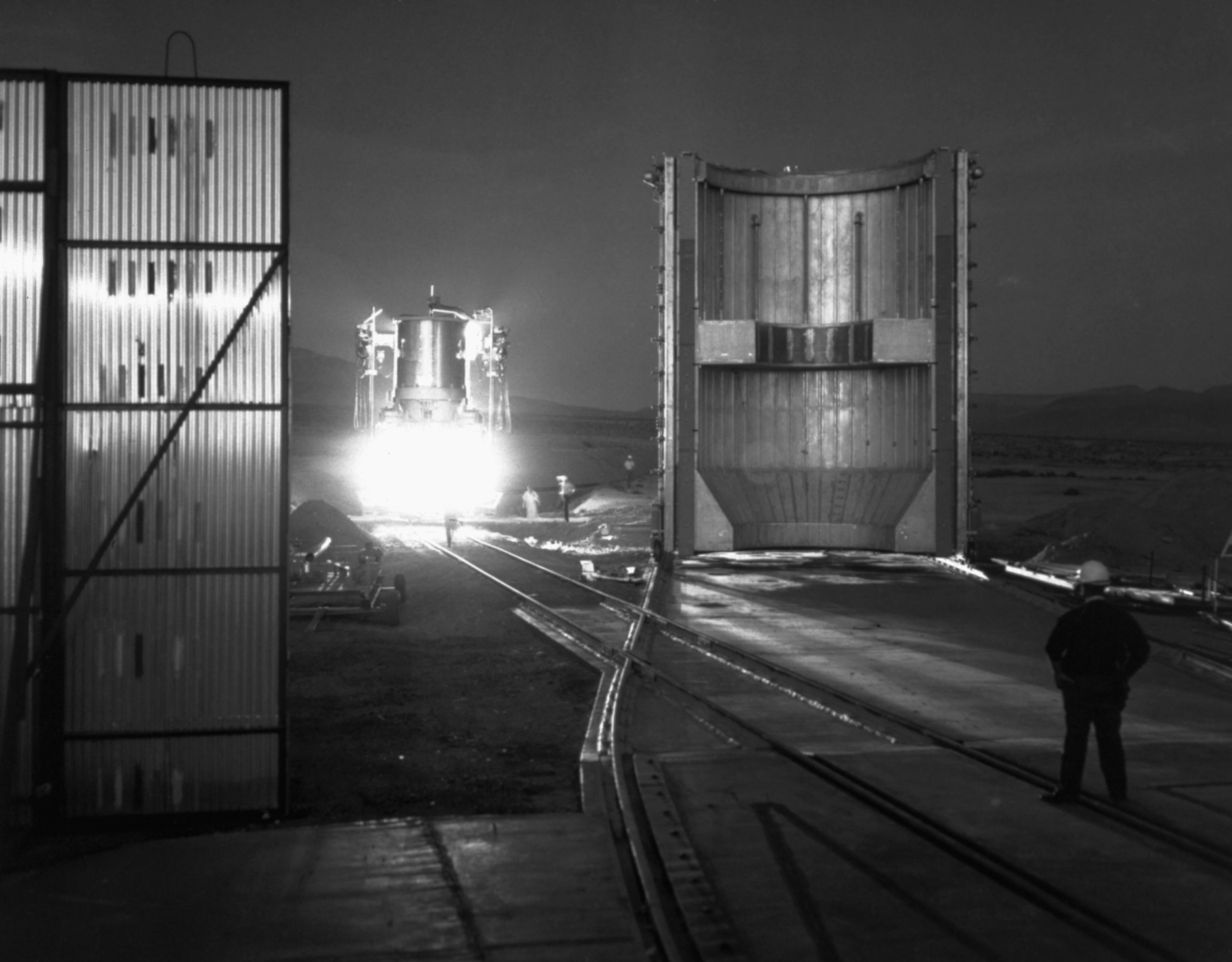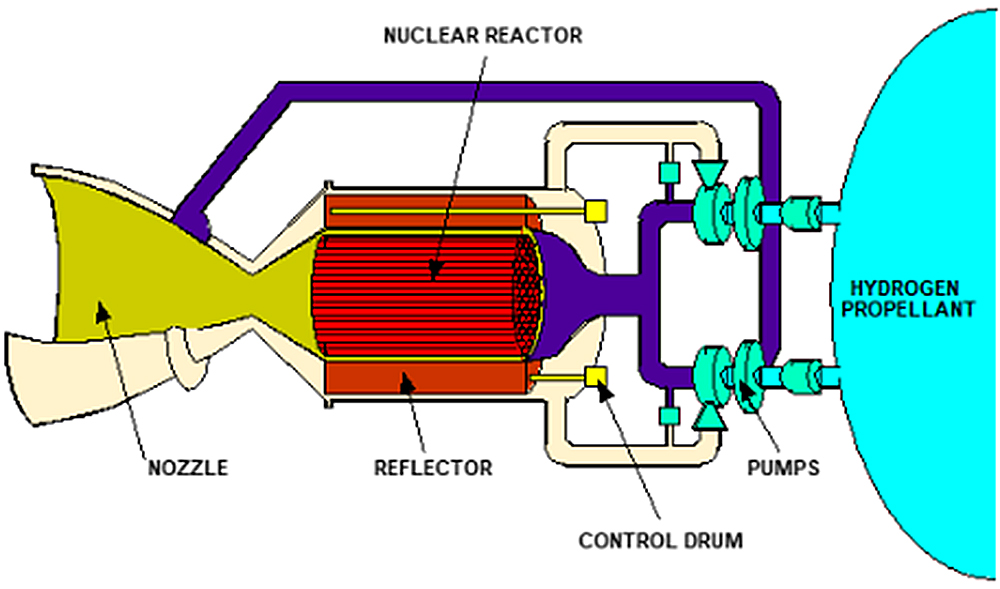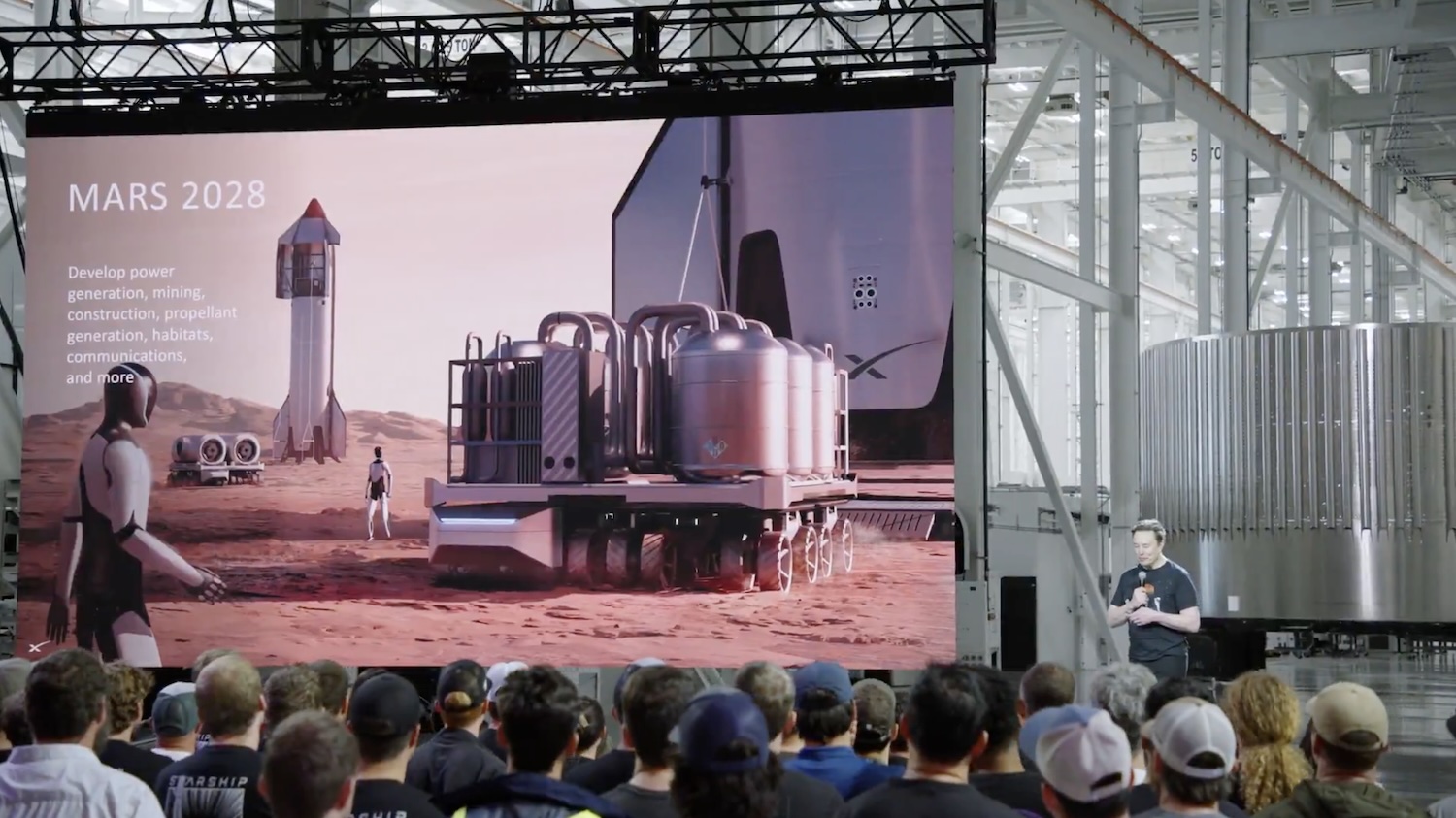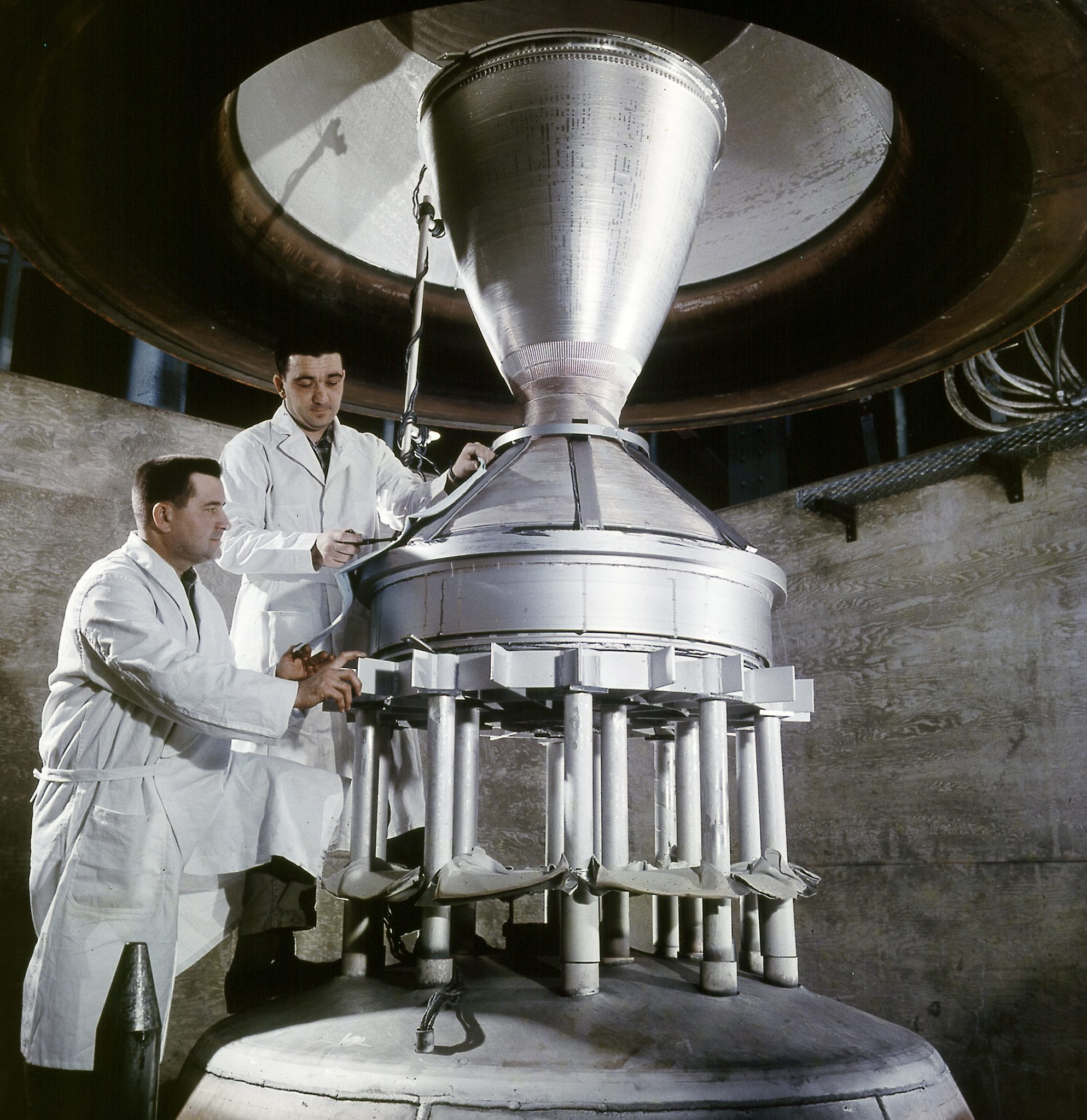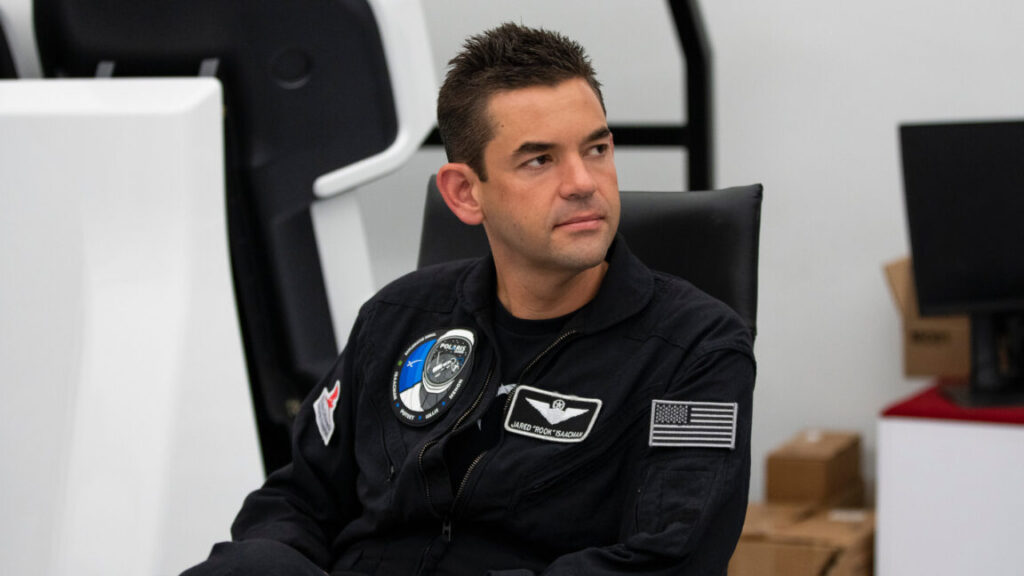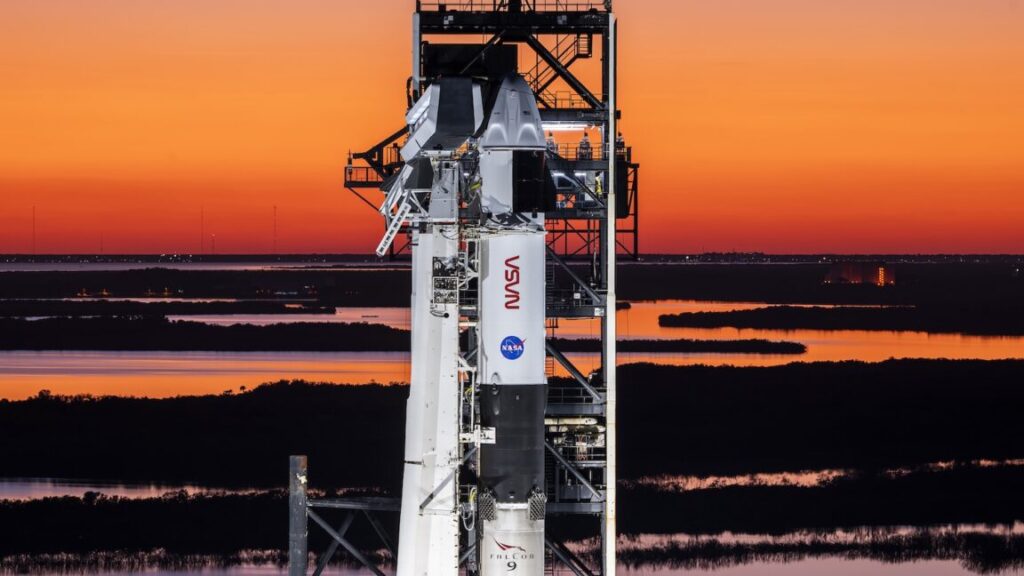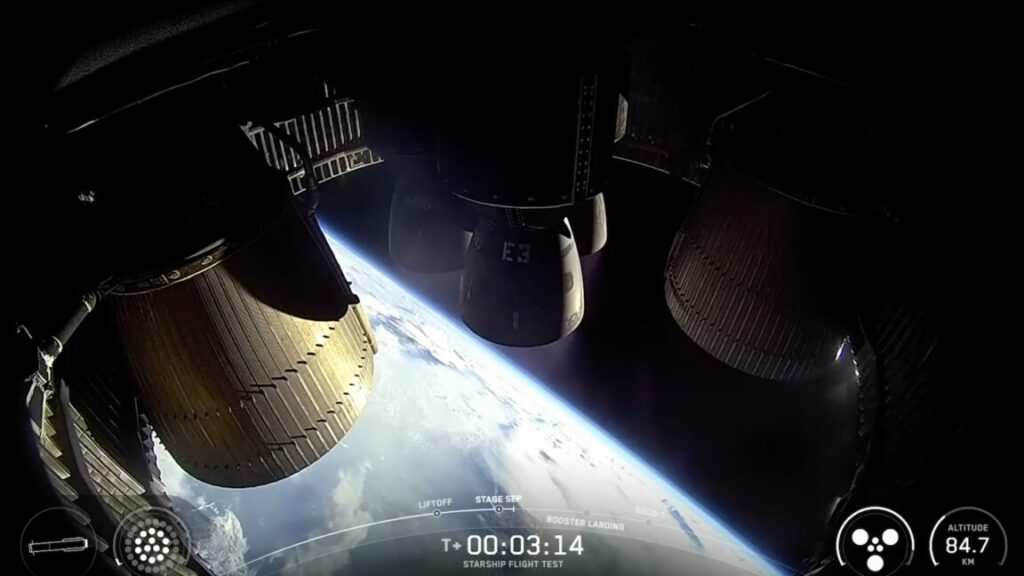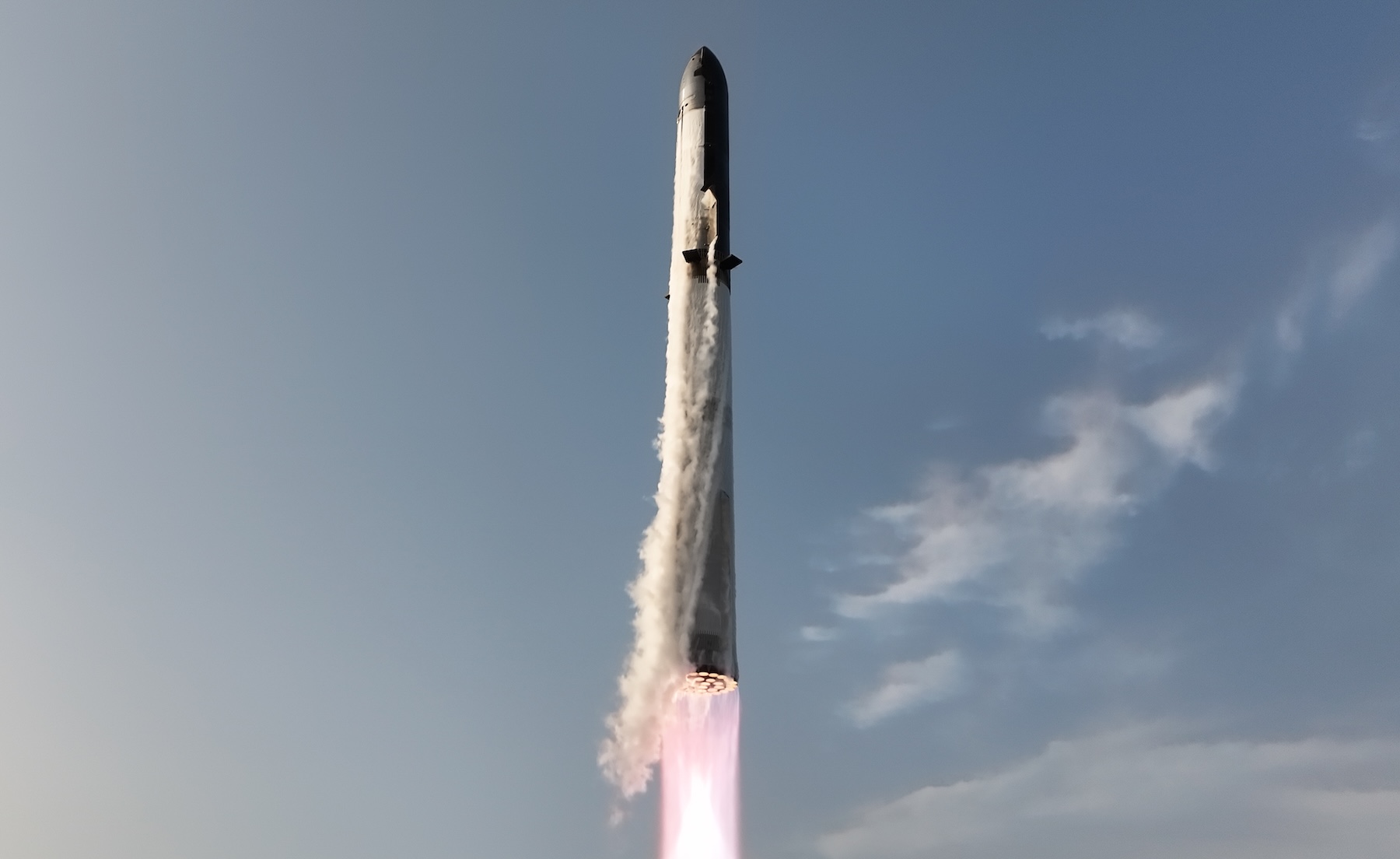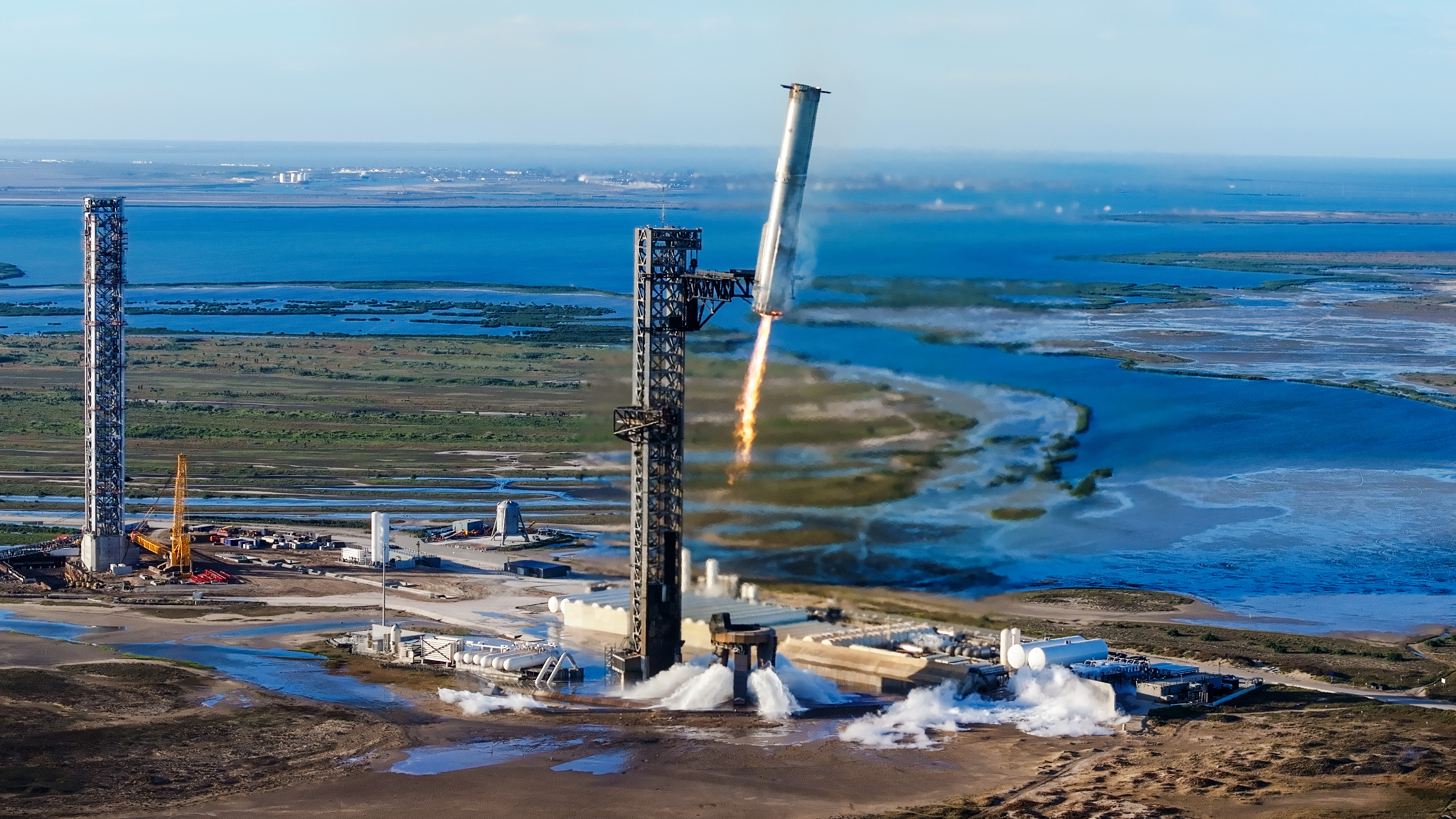NASA tested a new SLS booster that may never fly, and the end of it blew off
NASA didn’t want to say much about one of the tests, and the other one lost its nozzle.
An uncontained plume of exhaust appeared near the nozzle of an SLS solid rocket booster moments before its nozzle was destroyed during a test-firing Thursday. Credit: NASA
NASA’s Space Launch System appears to have a finite shelf life. The Trump administration wants to cancel it after just three launches, while the preliminary text of a bill making its way through Congress would extend it to five flights.
But chances are low the Space Launch System will make it to nine flights, and if it does, it’s questionable that it would reach that point before 2040. The SLS rocket is a core piece of NASA’s plan to return US astronauts to the Moon under the Artemis program, but the White House seeks to cancel the program in favor of cheaper commercial alternatives.
For the second time in less than a week, NASA test-fired new propulsion hardware Thursday that the agency would need to keep SLS alive. Last Friday, a new liquid-fueled RS-25 engine ignited on a test stand at NASA’s Stennis Space Center in Mississippi. The hydrogen-fueled engine is the first of its kind to be manufactured since the end of the Space Shuttle program. This particular RS-25 engine is assigned to power the fifth flight of the SLS rocket, a mission known as Artemis V.
Then, on Thursday of this week, NASA and Northrop Grumman test-fired a new solid rocket booster in Utah. This booster features a new design that NASA would use to power SLS rockets beginning with the ninth mission, or Artemis IX. The motor tested on Thursday isn’t flight-worthy. It’s a test unit that engineers will use to gather data on the rocket’s performance.
While the engine test in Mississippi apparently went according to plan, the ground firing of the new solid rocket booster didn’t go quite as smoothly. Less than two minutes into the burn, the motor’s exhaust nozzle violently shattered into countless shards of debris. You can watch the moment in the YouTube video below.
At the start of the program nearly 15 years ago, NASA and its backers in Congress pitched the SLS rocket as the powerhouse behind a new era of deep space exploration. The Space Launch System, they said, would have the advantage of recycling old space shuttle engines and boosters, fast-tracking the new rocket’s path to the launch pad for less money than the cost of an all-new vehicle.
That didn’t pan out. Each Artemis mission costs $4.2 billion per flight, and that’s with shuttle-era engines and boosters that NASA and its contractors already have in their inventories. NASA’s 16 leftover shuttle main engines are enough for the first four SLS flights. NASA has leftover parts for eight pairs of solid rocket boosters.
It has been 10 years
Recognizing that shuttle-era parts will eventually run out, NASA signed a contract with Aerojet Rocketdyne to set the stage for the production of new RS-25 engines in 2015. NASA later ordered an initial batch of six RS-25 engines from Aerojet, then added 18 more to the order in 2020, at a price of about $100 million per engine. NASA and its contractor aim to reduce the cost to $70 million per engine, but even that figure is many times the cost of engines of comparable size and power: Blue Origin’s BE-4 and SpaceX’s Raptor.
Finally, NASA test-fired a new flight-rated RS-25 engine for the first time last week at Stennis Space Center. The agency has often provided a livestream of its engine tests at Stennis, but it didn’t offer the public any live video. And this particular test was a pretty big deal. L3Harris, which acquired Aerojet Rocketdyne in 2023, has finally reactivated the RS-25 production line after a decade and billions of dollars of funding.
In fact, NASA made no public statement about the RS-25 test until Monday, and the agency didn’t mention its assignment to fly on the Artemis V mission. If the Trump administration gets its way, the engine will never fly. Maybe that’s fine, but after so long with so much taxpayer investment, this is a milestone worth publicizing, if not celebrating.
L3Harris issued a press release Tuesday confirming the engine’s planned use on the fifth SLS mission. The engine completed a 500-second acceptance test, throttling up to 111 percent of rated thrust, demonstrating more power than engines that flew on the space shuttle or on the first SLS launch in 2022.
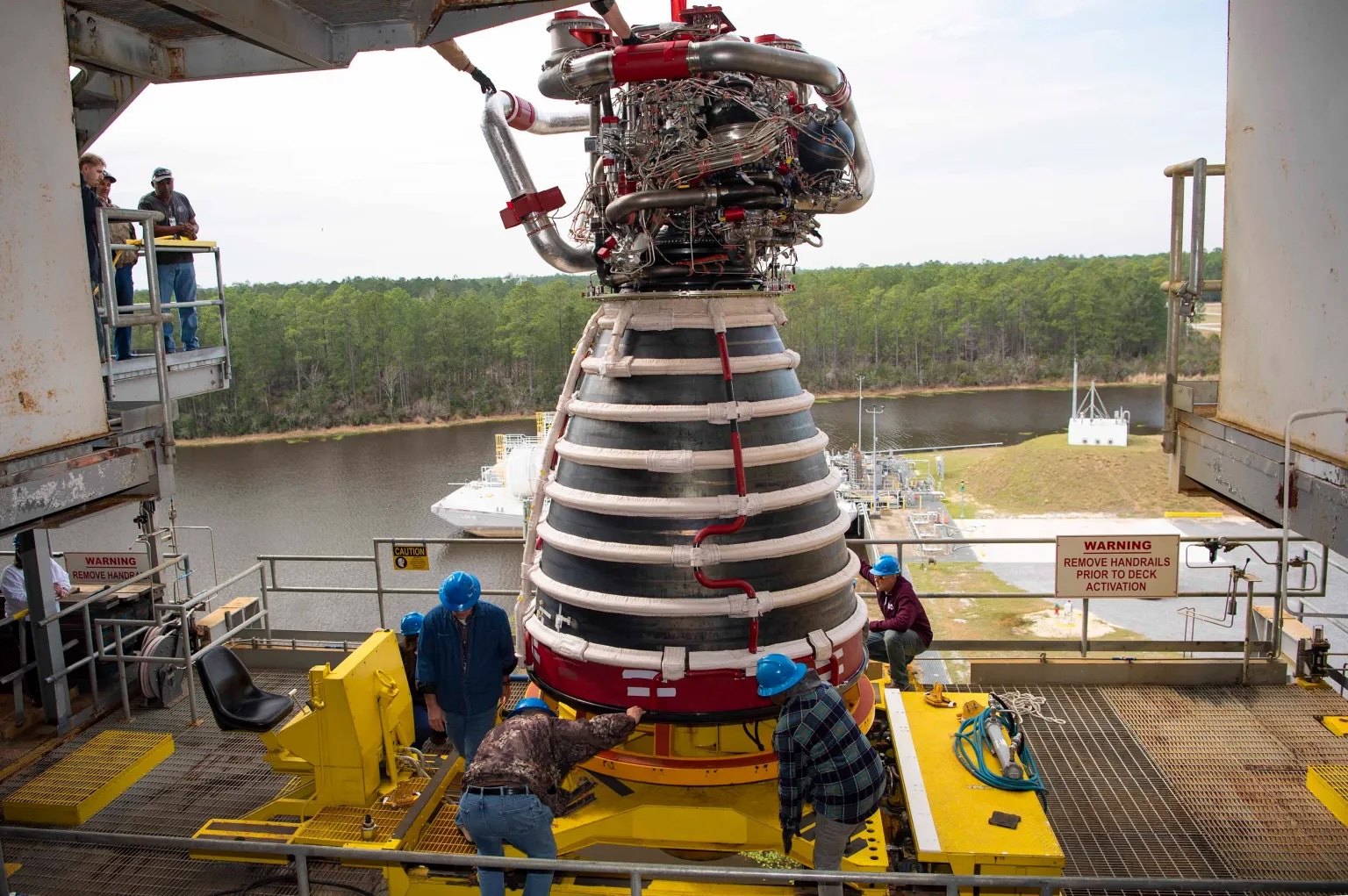
A new RS-25 engine, No. 20001, was installed on its test stand in Mississippi earlier this year. Credit: NASA
“This successful acceptance test shows that we’ve been able to replicate the RS-25’s performance and reliability, while incorporating modern manufacturing techniques and upgraded components such as the main combustion chamber, nozzle, and pogo accumulator assembly,” said Kristin Houston, president of space propulsion and power systems at Aerojet Rocketdyne, L3Harris. “Our propulsion technology is key to ensuring the United States leads in lunar exploration, creates a sustained presence on the Moon and does not cede this strategic frontier to other nations.”
The test-firing last Friday came a few days before the 50th anniversary of the first space shuttle main engine test at Stennis on June 24, 1975. That engine carried the serial number 0001. The new RS-25 engine is designated No. 20001.
Watch out
NASA followed last week’s low-key engine test with the test-firing of a solid-fueled booster at Northrop Grumman’s rocket test site in Promontory, Utah, on Thursday. Held in place on its side, the booster produced 3.9 million pounds of thrust, outclassing the power output of the existing boosters assigned to the first eight SLS missions.
Unlike the RS-25 firing at Stennis, NASA chose to broadcast the booster test. Everything appeared to go well until 1 minute and 40 seconds into the burn, when a fiery plume of super-hot exhaust appeared to burn through part of the booster’s structure just above the nozzle. Moments later, the nozzle disintegrated.
Solid rocket boosters can’t be turned off after ignition, and for better or worse, the motor continued firing until it ran out of propellant about 30 seconds later. The rocket sparked a fire in the hills overlooking the test stand.
This was the first test-firing of the Booster Obsolescence and Life Extension (BOLE) program, which aims to develop a higher-performance solid rocket booster for SLS missions. NASA awarded Northrop Grumman a $3.2 billion contract in 2021 to produce boosters with existing shuttle parts for five SLS missions (Artemis IV-VIII), and design, develop, and test a new booster design for Artemis IX.
The boosters produce more than 75 percent of the thrust required to propel the SLS rocket off the launch pad with NASA’s crewed Orion spacecraft on top. Four RS-25 engines power the core stage, collectively generating more than 2 million pounds of thrust.
Northrop Grumman calls the new booster “the largest and most powerful segmented solid rocket motor ever built for human spaceflight.”
One of the most significant changes with the BOLE booster design is that it replaces shuttle-era steel cases with carbon-fiber composite cases. Northrop says the new cases are lighter and stronger. It also replaces the booster’s hydraulic thrust vector control steering system with an electronic system. The propellant packed inside the booster is also different, using a mix that Northrop packs inside its commercial rocket motors instead of the recipe used for the space shuttle.
Northrop Grumman has had a tough time with rocket nozzles in recent years. In 2019, a test motor for the company’s now-canceled Omega rocket lost its nozzle during a test-firing in Utah. Then, last year, a smaller Northrop-made booster flying on United Launch Alliance’s Vulcan rocket lost its nozzle in flight. Vulcan’s guidance system and main engines corrected for the problem, and the rocket still achieved its planned orbit.
NASA tested a new SLS booster that may never fly, and the end of it blew off Read More »
